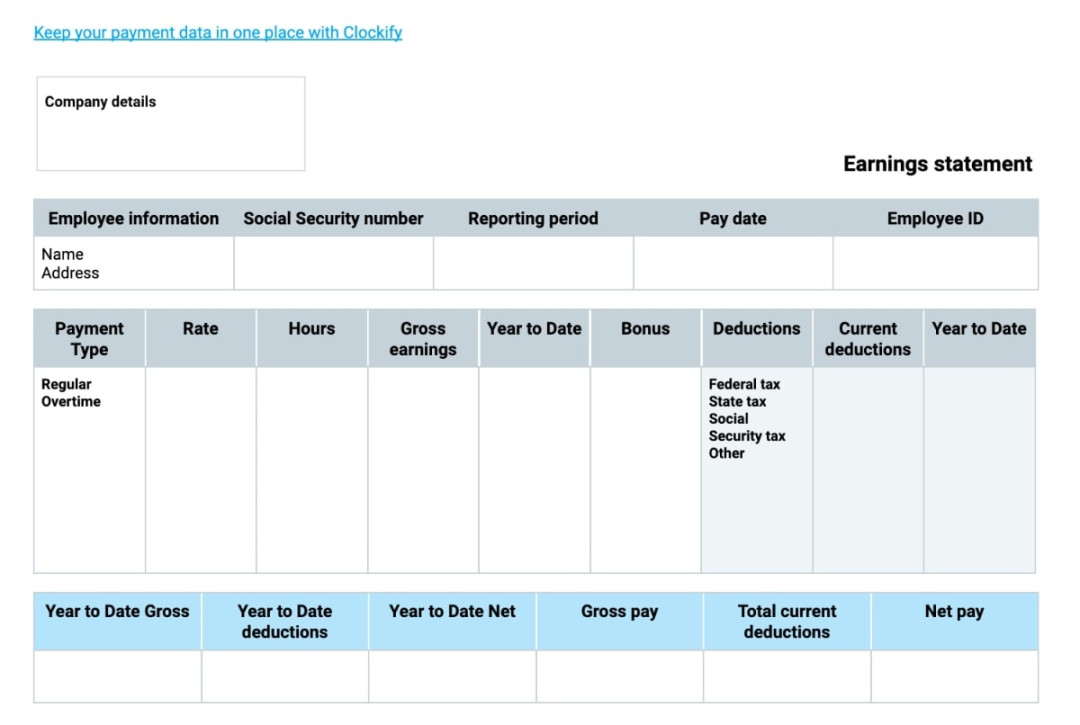1. Define the Purpose of Your Pay Stub
Before you begin designing your template, it’s essential to clearly define its purpose. Consider the following questions:

What information will be included? Typically, pay stubs include:
2. Choose a Professional Font
The font you select should be easy to read and convey a professional image. Consider using a serif font like Times New Roman or Arial for the main body text. For headings, a sans-serif font like Helvetica or Calibri can add a touch of modernity.
3. Create a Clear and Consistent Layout
A well-organized layout is crucial for a professional pay stub. Consider the following elements:
Margins: Use consistent margins on all sides to create a balanced appearance.
4. Use a Professional Color Scheme
The color scheme you choose should complement the overall design and convey a sense of professionalism. Consider using a neutral color palette with shades of black, white, gray, and blue. Avoid bright or overly colorful schemes that can appear unprofessional.
5. Include Essential Information
Ensure that your pay stub includes all the necessary information required by law. This may vary depending on your location, but typically includes:
Employee Information: Name, address, and Social Security number.
6. Use Tables and Borders
Tables and borders can help organize information and improve readability. Use a consistent style for tables and borders throughout the template.
7. Proofread Carefully
Errors on a pay stub can lead to confusion and financial problems. Proofread your template carefully to ensure that all information is accurate and free of typos.
8. Consider Using a Template
If you’re not comfortable designing a pay stub from scratch, there are many pre-designed templates available online. These templates can save you time and ensure a professional look.
By following these guidelines, you can create a professional and informative blank pay stub template that meets the needs of your organization and employees.